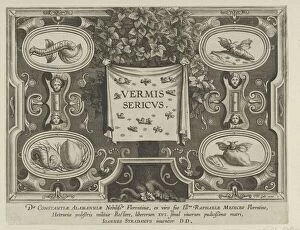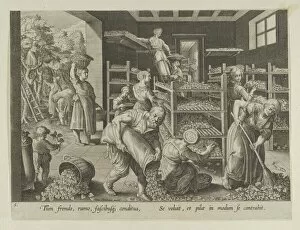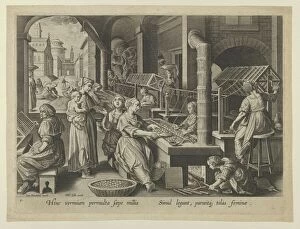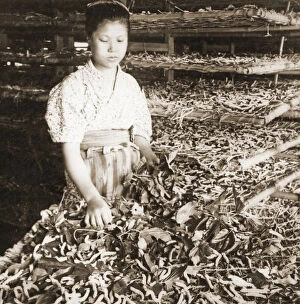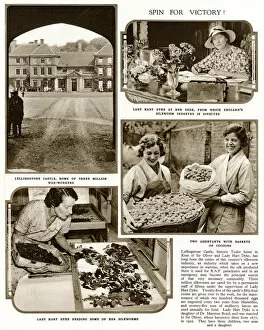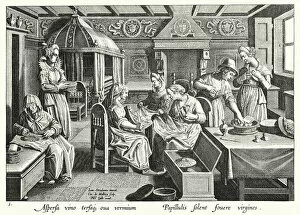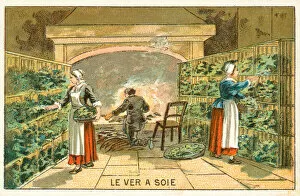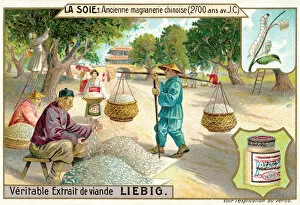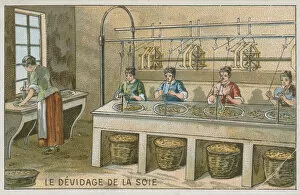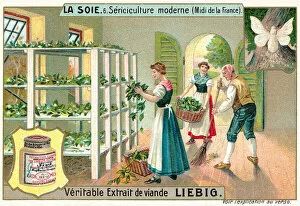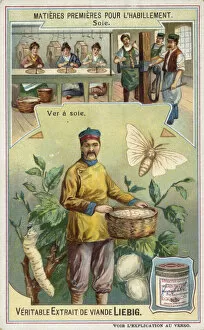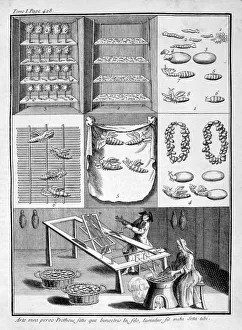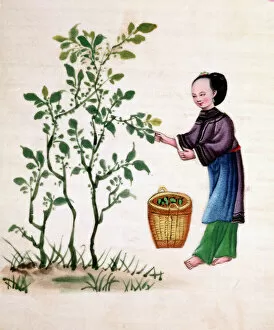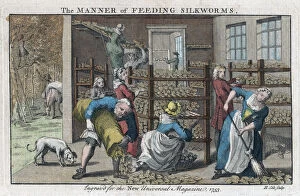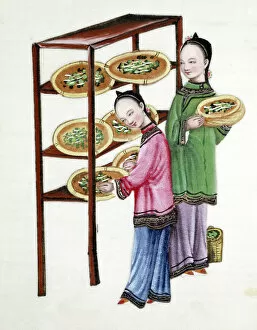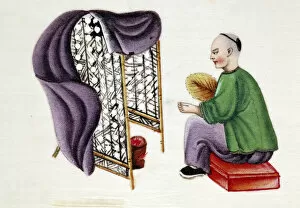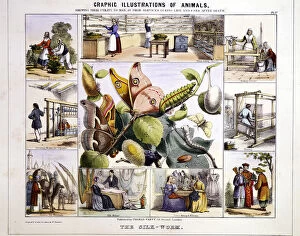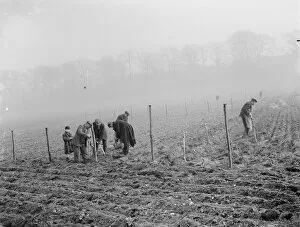Sericulture Collection
"Unraveling the Threads of Sericulture: A Journey Through History and Craftsmanship" Step into the world of sericulture
All Professionally Made to Order for Quick Shipping
"Unraveling the Threads of Sericulture: A Journey Through History and Craftsmanship" Step into the world of sericulture, a centuries-old art form that has captivated cultures across time. From Karel van Mallery's intricate plates to vintage photographs capturing moments in silk production, this collection offers a glimpse into the fascinating process behind creating one of nature's most luxurious fabrics. In "The Introduction of the Silkworm, " ca. 1595, we witness the beginning stages as silkworm eggs are carefully incubated. The delicate hands depicted in Plate 3 delicately handle these precious eggs, nurturing them until they hatch into hungry larvae ready to feast on mulberry leaves. Plate 5 transports us to another crucial phase – "The Gathering of Mulberry Leaves and the Feeding of the Silkworms. " Here, workers diligently collect leaves while silkworms eagerly devour their nourishment. This symbiotic relationship between humans and insects showcases both our reliance on nature and our ability to harness its resources for beauty and commerce. Moving forward in time, c. 1900 brings us an albumen photo depicting "Feeding young silkworms with mulberry leaves. " The image captures a moment frozen in time – generations passing down knowledge from one hand to another as they nurture these tiny creatures towards maturity. Chromolithographs transport us further into history; "Silkworms" showcases vibrant colors that mirror their transformative journey from larva to cocoon. Meanwhile, at Lullingstone Castle, silk production thrives amidst regal surroundings – a testament to sericulture's enduring legacy. Engravings offer glimpses into specific aspects of this craft - "The handling of silkworm eggs" reveals meticulous attention paid during each stage while "Rearing silkworms" portrays bustling scenes where countless cocoons await their transformation into exquisite threads. No exploration would be complete without acknowledging women's crucial role in the sericulture industry.

